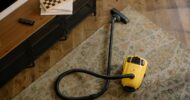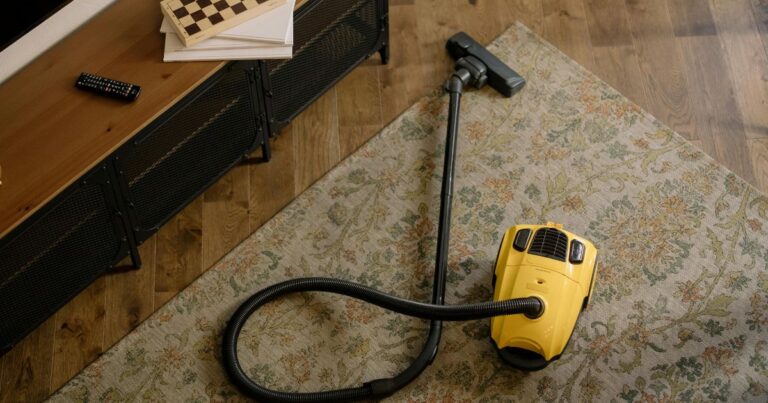
When buyers pull up to a house, they notice the obvious: a green lawn, trimmed shrubs, maybe a few pots spilling over with flowers. Nice touches, sure. But flowers don’t last. One hot week, and they’re gone. One skipped watering, and they droop. And deep down, you probably know buyers aren’t falling in love with the plants—they’re falling in love with the house itself. That’s where the real focus should be.
If you really want to boost curb appeal before putting your house on the market, there’s a different weekend project that works harder than any flower bed. It won’t win style points for glamour, but it will completely change how your home looks from the street. The secret? Washing the exterior.
Why Clean Surfaces Outperform Petals
Curb appeal does not begin with colour—it begins with clarity. Buyers notice lines, shapes, and the way materials interact long before they consciously register flowers. A clean exterior sharpens those architectural details.
When mildew creeps across brickwork or grime dulls the siding, even the most carefully arranged flower boxes fight for attention. Washing away that film restores definition in a way flowers never can. Trim suddenly looks sharp, gutters melt back into the roofline, and steps reveal their natural tone. Cleanliness reframes the entire house, presenting structure before decoration.
Beyond Just Walls and Windows
Algae, soot, pollen, and dust create layers that flatten colour and hide texture. A wooden deck that has turned powdery grey can look rich and inviting again under bare feet. A brick path regains its contrast—the warm clay against sharp lines of mortar. A fence loses its streaks and stands crisp against the landscape. These details accumulate, weaving together a home that feels cared for from every angle. And it is that cared-for feeling buyers look for.
Why Expertise Matters
It is tempting to see house washing as a matter of pointing water at surfaces. Yet the truth is more nuanced. Too much pressure can scar siding. The wrong detergent can stain or strip finishes. Even concrete is not immune—push too hard, and you can etch permanent marks.
This is where House Washing experts earn their keep. They know which surfaces need a gentle hand and which can withstand stronger treatment. They choose detergents that remove mildew safely without damaging paint or wood. For a homeowner aiming to maximise value, that expertise is not a luxury. It’s insurance against expensive mistakes.

The Design Philosophy Behind Clean Lines
Good design is not just about what you add. It’s about what you subtract. By removing what time and weather have layered on, washing returns a home to its original proportions and palette.
Think of it as visual editing. The door hardware suddenly looks intentional. Window boxes appear balanced rather than cluttered. The roofline flows more gracefully against the sky. You are not decorating—you are revealing. And in many ways, that is the purest form of design.
The Sensory Effect
There’s something almost tangible about a freshly washed house. Light reflects differently off clean surfaces. Colours seem truer, lines sharper. Even the air feels fresher when mildew and pollen are rinsed away.
For buyers, these subtle sensory cues build trust. A clean home whispers diligence. It suggests that if the visible surfaces are maintained, the hidden systems—plumbing, wiring, insulation—are likely cared for as well. Flowers can charm for a moment. Cleanliness reassures for the long haul.
The Psychology of First Impressions
Buying a home is not purely rational. It’s emotional. Buyers are not just evaluating square footage; they are imagining themselves inside the space. Anything that signals neglect disrupts that vision. A stained driveway whispers “work ahead.” Moss on siding hints at maintenance they’d rather not tackle.
By contrast, a washed exterior clears mental space. Buyers can picture evenings on the porch or holidays around the table instead of tallying future costs. That freedom to dream is what sells homes. It is a small adjustment with an outsized psychological payoff.

How It Enhances Other Efforts
None of this is to say flowers, mulch, or painted trim are unnecessary. They matter. But without a clean foundation, those efforts fall flat. Flowers appear brighter when set against a washed backdrop. Fresh paint looks deliberate rather than desperate. Even the simplest furnishing—a lantern at the door, a bench under a tree—gains quiet elegance when framed by clarity. Washing doesn’t compete with decorative touches. It elevates them.
Investment Value That Speaks for Itself
Every homeowner weighs the same question before selling: how much should I spend, and where will it make the biggest impact? Washing ranks high because it is relatively inexpensive and universally appreciated.
Paint choices are subjective. Flower colours divide opinions. But no one dislikes a clean house. That universality is its strength. And because it can be completed quickly, the return on investment is almost immediate.
Timing Is Everything
Unlike planting, washing is not bound by seasons. You can schedule it when it best serves the sale. The smartest time? Just before photographs are taken for the listing. Those images live online, where first impressions form long before buyers ever pull into the driveway.
Even if months pass before the right offer comes along, the effects linger. Dirt returns slowly, and touch-ups are minor compared to the initial transformation. Washing is one of those projects that pays dividends well beyond the weekend it requires.
Closing Thought: The One Weekend Project That Boosts Curb Appeal More Than New Flowers
Preparing a home for sale is not about piling on new things. It is about stripping away the distractions so what matters most—the structure, the proportions, the design—can speak clearly. Washing your home’s exterior is the simplest way to achieve that. It is immediate, it is cost-effective, and it works in harmony with every other improvement you make.













